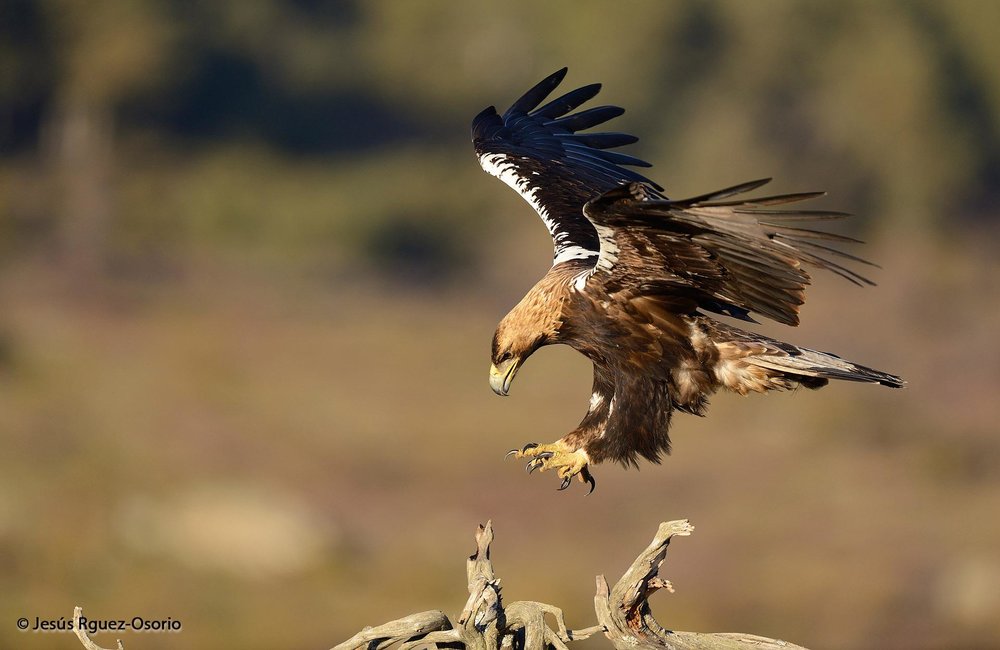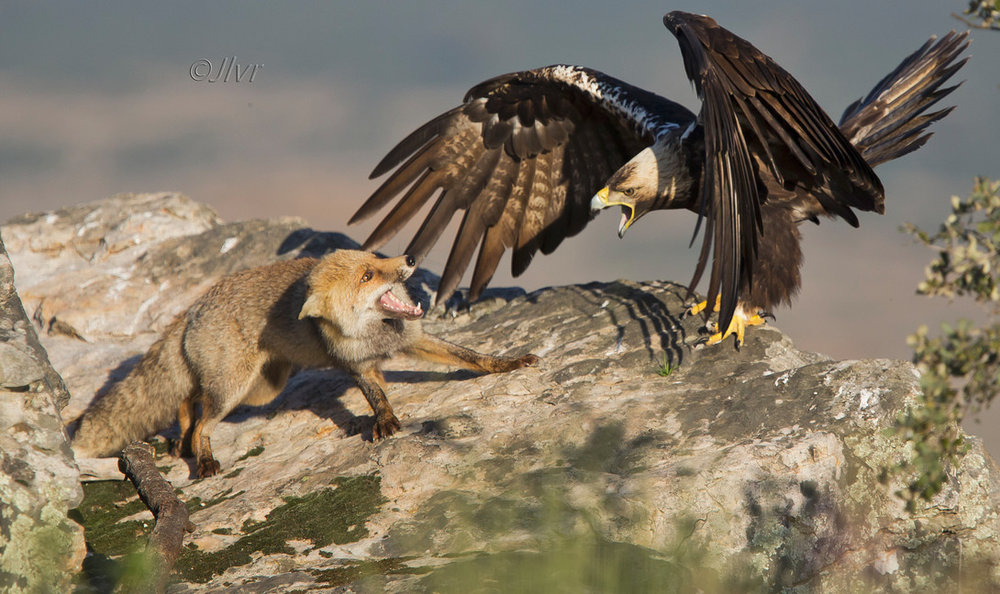Put a price on endangered species

One of the world's rarest birds of prey, the Spanish Imperial Eagle, was thought to be in recovery in the early 1980s but numbers have declined and now the species is qualified as Vulnerable (VU) necessitating comprehensive management plans.
Like many other birds of prey, the eagle has come to increasing conflict with people and is now seriously important for conservationists.
Can conservationists put a price on species such as Spanish Imperial Eagle or not? How it can help to conserve it?
Iranian conservationists have talked less about measures which must be taken to protect endangered species, this is while detailed guidelines would help conservation plans to be accomplish effectively.
In this article we do talk about Spanish Imperial Eagle as a case study, to change the way people think about it.
Why put a price?

At the beginning of the 20th century the Spanish Imperial Eagle (Aquila adalberti) was still relatively common and widespread. It could be found in many places in Spain in areas of dry, uncultivated habitats.
Today, the species has disappeared from much of its range as a result of the loss and fragmentation of its forest habitat. Since the future existence of eagles and other endangered species is of value to those interested in biological conservation, the question arises: "Can we place a dollar value on the future existence of a species? But the future value depends on how long a period we are talking about!
How much time?
Amy- Jane Beer in the encyclopedia of Endangered Species addressed the efforts for saving Spanish Imperial Eagle and said: "By the 1960s the Spanish Imperial Eagle was almost extinct, with only 30 pairs recorded. Conservationists tried a new rescue technique. First, they located nests with three or four eaglets. The last chicks to hatch often die as a result of the so-called Cain and Abel conflict. The conflict explains the tendency of the stronger nestlings to kill their younger siblings as Cain killed his brother Abel in the holy story. Rescued eaglets were then put into nests with only a single chick. The number of surviving fledglings increased by up to 43 percent."
She also noted: "From the early 1980s the species started to recover, and an average of five new breeding pairs appeared each year until 1995. Unfortunately, the population has since declined from 148 pairs in 1994 to 131 pairs in 1998. More significantly, even in major strongholds breeding success has plummeted."
60 percent of the breeding population lived in 20 protected areas in 2004. But the situation changed during the next years. The assessments of International Union for Conservation of Nature and Natural Resources (IUCN) in 2005 has downgraded the Spanish Imperial Eagle to Vulnerable (VU) due to the implementation of coordinated conservation plans. Till now the species is under urgent help.
An important case in point is that "conservation is a never ending effort as it confronts never ending disturbance process", as a famous wildlife conservationist Stéphane Ostrowski has once said.
Price of a bird in the hand
A bird in the hand is worth two in the bush is an old saying that means things we already have are more valuable than the things we only hope to get. This brings up the history of conservation plan in the case of Spanish Imperial Eagle. When we talk about the future of Spanish Imperial Eagle's conservation plan, we are talking about a period extending out more than fifty years because it will take a long time to see the benefits of conservation efforts.
Priorities for Spanish Imperial Eagle included annual censuses of the breeding population, protecting nesting areas, increasing the rabbit population, working toward the elimination of prey poisoning, and surveying and modifying power lines to prevention electrocution. And now, another question appears, was spending on the future of Spanish Imperial Eagle a good investment or not?
We all know, spending on the conservation can sometimes be viewed as wasting money or in the better viewpoint as diverting money.
Educated people always place greater value on the environment and endangered species, so they are able and more willing to invest in it.
This is a rule: Do not throw away or destroy something that cannot be replaced if you are not sure of its future value. E.g. if you cannot completely understand the value of the Spanish Imperial Eagle and don’t know whether it might be helpful, then you ought to preserve it.
What is the importance of law enforcement?

JC Knobel in the article titled "The legal status of the Spanish Imperial Eagle in Spain and thoughts on environmental law and policy as contributing factors in the conservation of species" pointed to the contributory role of environmental law and policy in the successful conservation interventions on behalf of the rare Spanish Imperial Eagle. Knobel and her colleagues said, "An overview of applicable international, European and Spanish laws and policies is given, and the role played by these instruments is considered together with successes attained with diverse conservation goals in respect of the Spanish Imperial Eagle."
An important case in point is viewing the Spanish Imperial Eagle as a valuable case, so the Spanish government and European Commission has been shouldered the costs. Conservationists say when have we done enough and feel that we have achieved a reasonable result, at some point we can decide about future but before that time direct control is needed for this vulnerable species because people love it and want to see it in the future.
Edward A. Keller and Daniel B. Botkin in the book of "Essential Environmental Science" have pinpointed this subject and concluded, "why we may not all agree about what is beautiful, we can consider what people pay to visit certain environments, such as places to go fishing or to camp out in the wilderness, and what people pay to visit scenic areas, such as the Grand Canyon, Yellowstone National Park, the Alps, the Canadian Rockies, and Niagara Falls. These help us determine a dollar value for what we called intangible. Similarly, by looking at the amount of money our society has been willing to invest or reduce risks of death and injury, we can get an idea of the dollar value. All of these also show that we consider the quality of our lives very important, sometimes as important or even more important than simply living a long time."
Leave a Comment